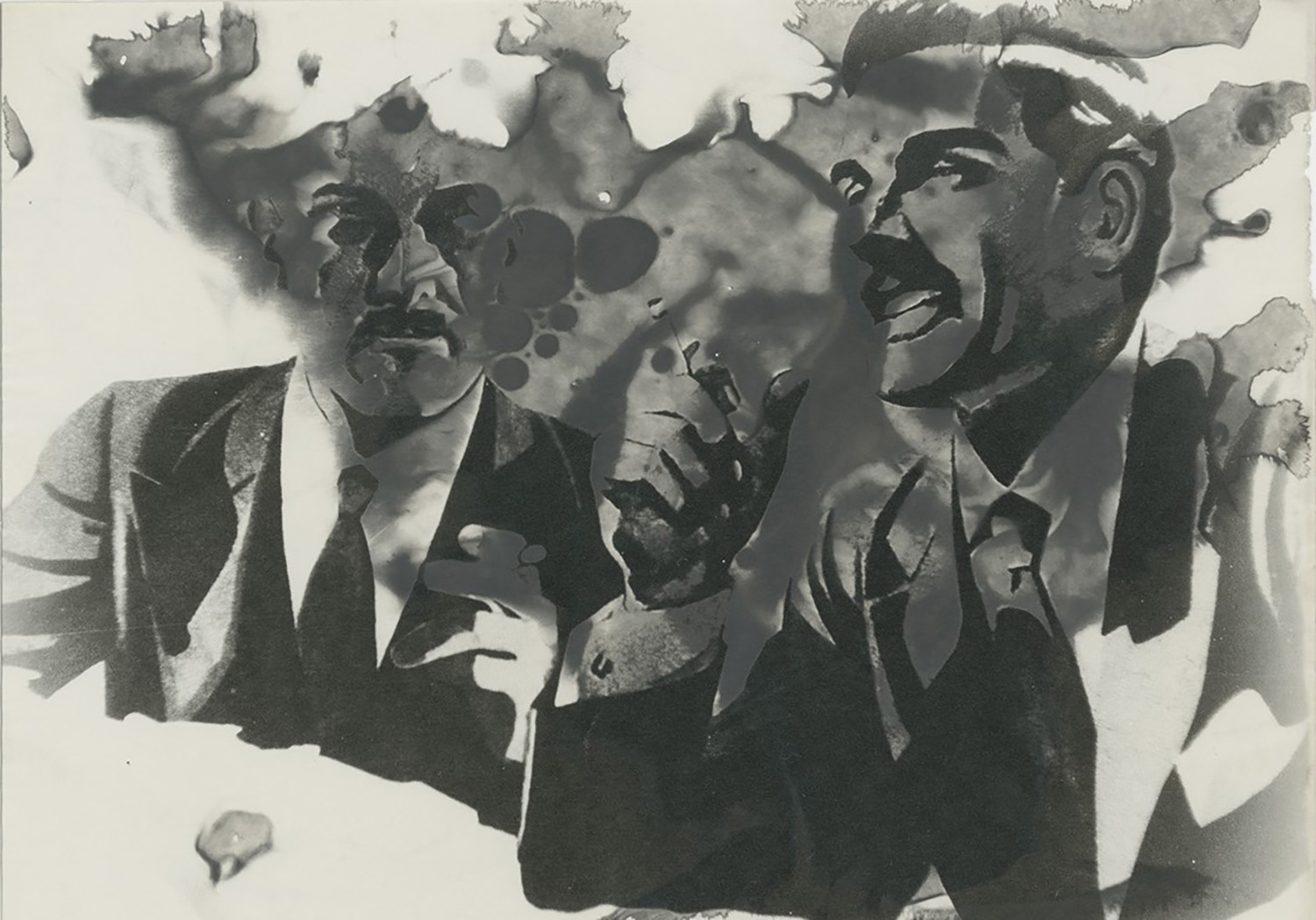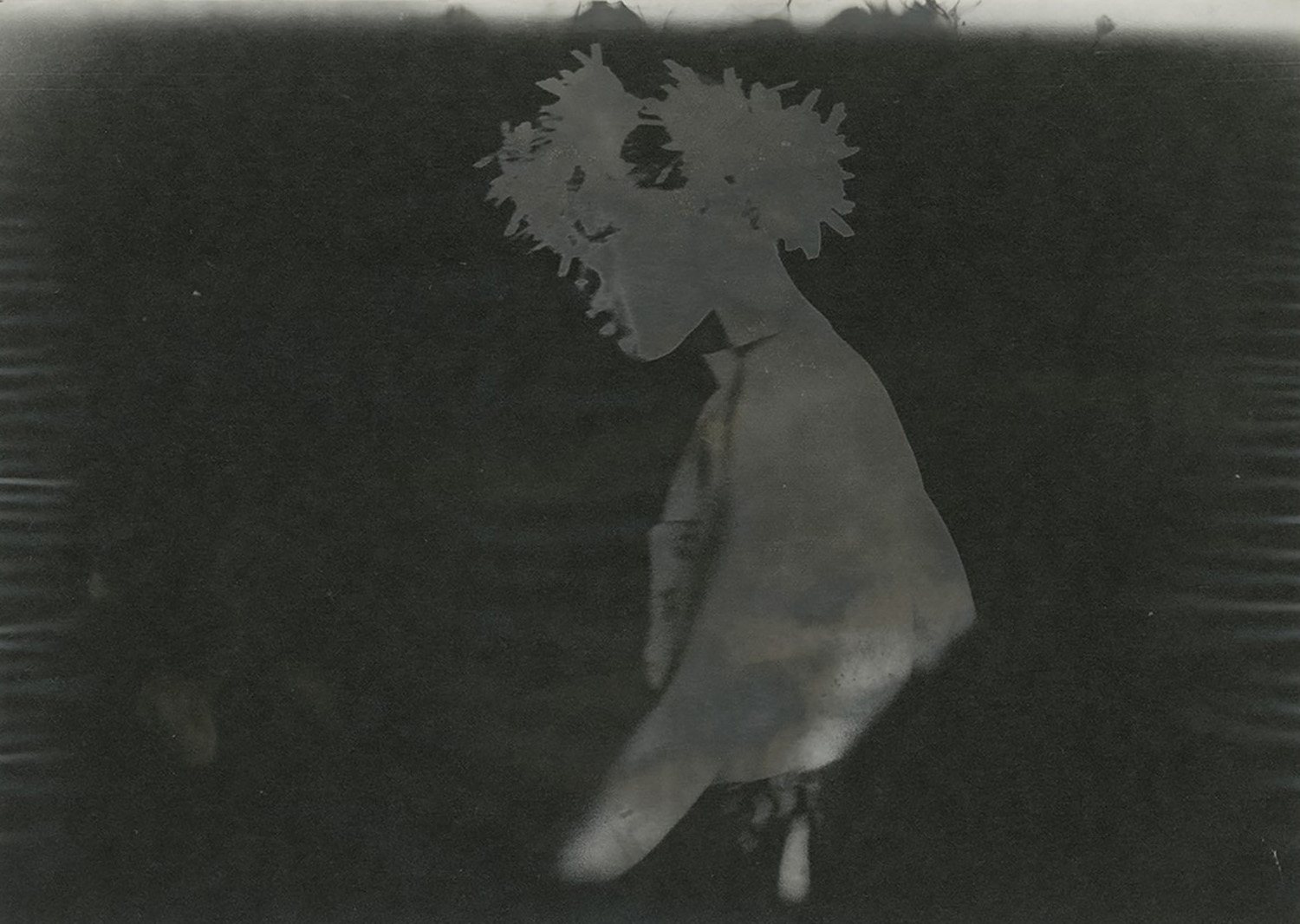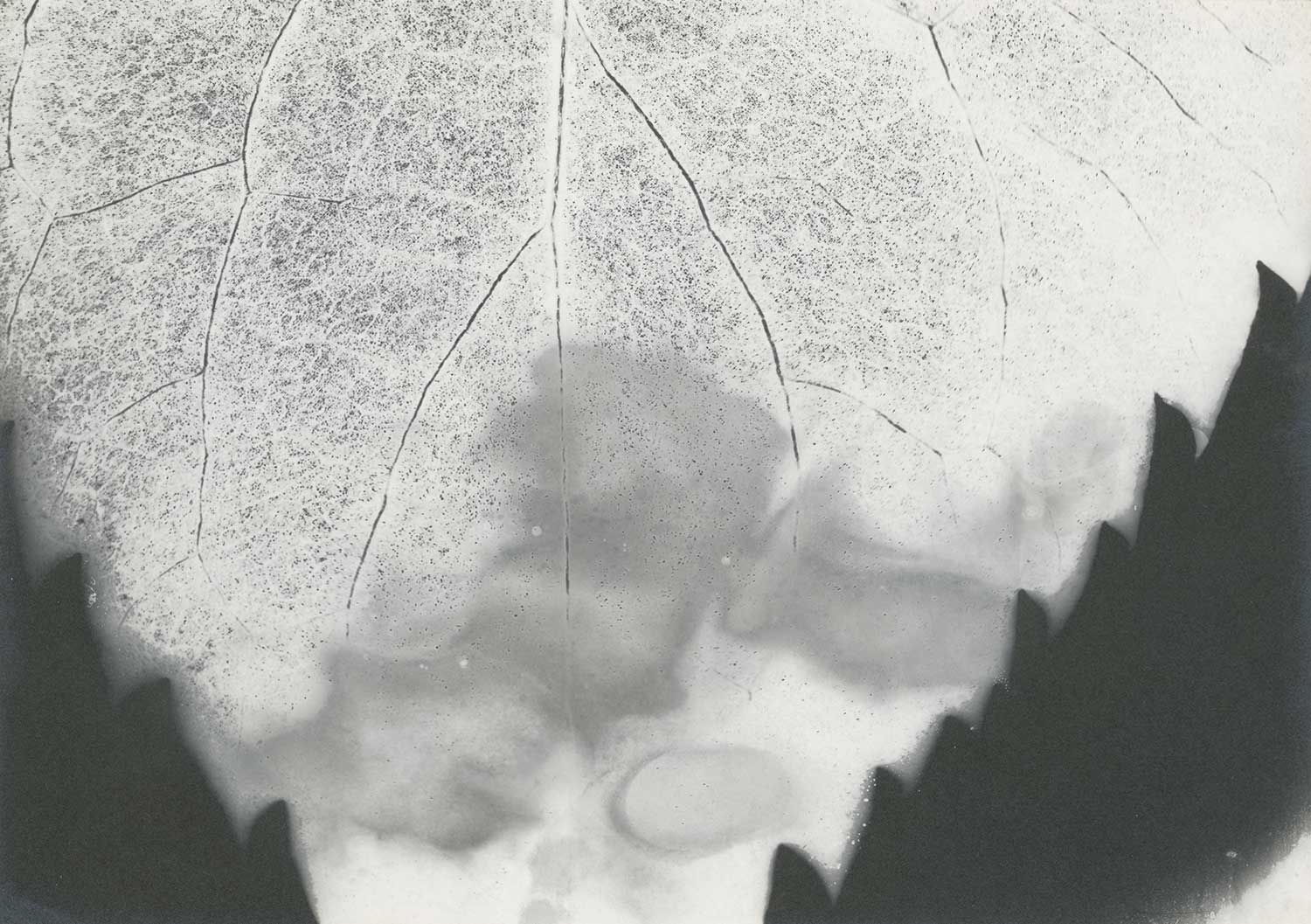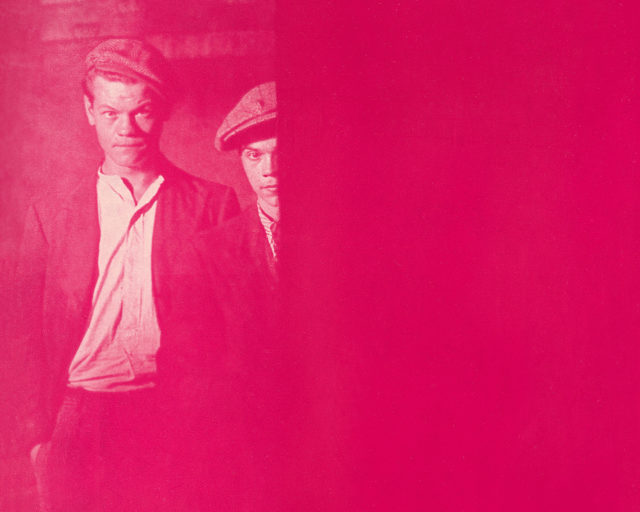In Sigmar Polke's Experimental Images, the Negative is "Never Finished"

Sigmar Polke, Untitled, 1970–1980
Courtesy Georg Polke Collection and © Sigmar Polke, Cologne/ADAGP, 2019
Like Gerhard Richter, Sigmar Polke emigrated from East Germany to Düsseldorf, West Germany, during the Cold War. Since the 1970s, he has emerged as a representative of the second generation of artists in postwar Europe. Polke, who died in 2010, is known primarily for his intriguing paintings, but Photographic Infamies, his striking exhibition at LE BAL—an independent platform in Paris centered on the contemporary image in all its forms—presents a never-exhibited corpus of three hundred photographs from the private collection of his son, Georg. The photographs were made from the 1970s to 1986, a period when Polke concentrated on photography as much as on painting.
In these images, Polke violates all the codes accepted by professional photographers. Blurring, overexposure, multiple exposures, reverse effects, superimpositions, solarization, scratching, xeroxing, and copying are only a few of the methods he uses. His unorthodox photographic approach includes printing several negatives in sequence on the same sheet of paper, the use of outdated chemistry that creates unpredictable tonal gradations, and brushing on the developer to obtain a kind of gestural effect, like a quote, a faraway echo of Expressionist painting.

Sigmar Polke, Untitled (Lady Shiva), 1977
Courtesy Georg Polke Collection and © Sigmar Polke, Cologne/ADAGP, 2019
There is a sense of both glee and violence toward the material, a sense that Polke does not care about the final result as much as he cares about the experimentation, the process itself. “It’s the procedures in and for themselves that interest me,” he explained in a 1997 interview with Martin Hentschel. “The picture is not really necessary. The unforeseeable is what turns out to be interesting.” Like a mad alchemist in search of gold that is secreted within the most common metals, Polke constantly pokes at the photographic surface, intent on finding the treasures hidden beneath it, transmuting the most banal shots into something else, something that he would like us to not call art. But unlike the alchemist, Polke may not believe that his quest has an end. “A negative is never finished,” he once said.

Sigmar Polke, Untitled, 1970–1980
Courtesy Georg Polke Collection and © Sigmar Polke, Cologne/ADAGP, 2019
Polke’s material is as varied as the processes he uses: he mixes and matches different sources, from family album pictures and amateur, anonymous photographs to those taken during his travels to New York, Paris, Venice, Tunisia, Afghanistan; images taken under the influence of drugs to publicity shots; news images to scientific imagery. During meetings in the Rhineland art circles of the 1970s, he often passed the camera around, so that he would appear in some of the photographs as a “model.” When, in the early 1970s, he photographed those that slept rough on the Bowery, on New York’s Lower East Side, he modified the pictures during development, adding spots and blurry parts, as if he had wanted to physically replicate the dust covering the men’s bodies. The pictures seem as if they were corroded from within. These images, to me, are especially striking, as they recall the senseless murder of four homeless people on the Lower East Side earlier this month. In a way, far from the condescending stance found in many “humanistic” images of poverty, these seem strangely prophetic.

Sigmar Polke, Untitled (Hannelore Kunert), 1970–1980
Courtesy Georg Polke Collection and © Sigmar Polke, Cologne/ADAGP, 2019
However, on the whole, Polke’s photographs do not provoke empathy in the viewer. Rather, they disturb, because of the ambiguous responses they provoke, sometimes conveying a sense of urgency, crudeness, and vulnerability, sometimes sheer voyeurism, sometimes a strange aloofness reminiscent of surveillance photographs. Far from the “real world” that most photography documents, Polke’s territory is more akin to dreams and the unconscious.
Has Polke photographed what he could not paint? Looking at his images, I was reminded of a reflection made by Maurice Betz, a poet and close friend of Rilke, about the poet’s letters: “the letters are a lining to Rilke’s poetry, but a beautiful lining: if we turn the coat inside out, we’ll see that this variegated, multicolored lining is as rich as the fabric.” It seems to me that, turning the coat inside out, Polke’s photographs are like the lining of his paintings: even though they vastly differ from the latter, we sense that only a painter could have taken—or rather, made—them. In the end, in his photography as in his painting, Polke willfully remains unclassifiable, elusive, and unknowable.
Sigmar Polke’s Photographic Infamies is on view at LE BAL, Paris, through December 22, 2019.


























